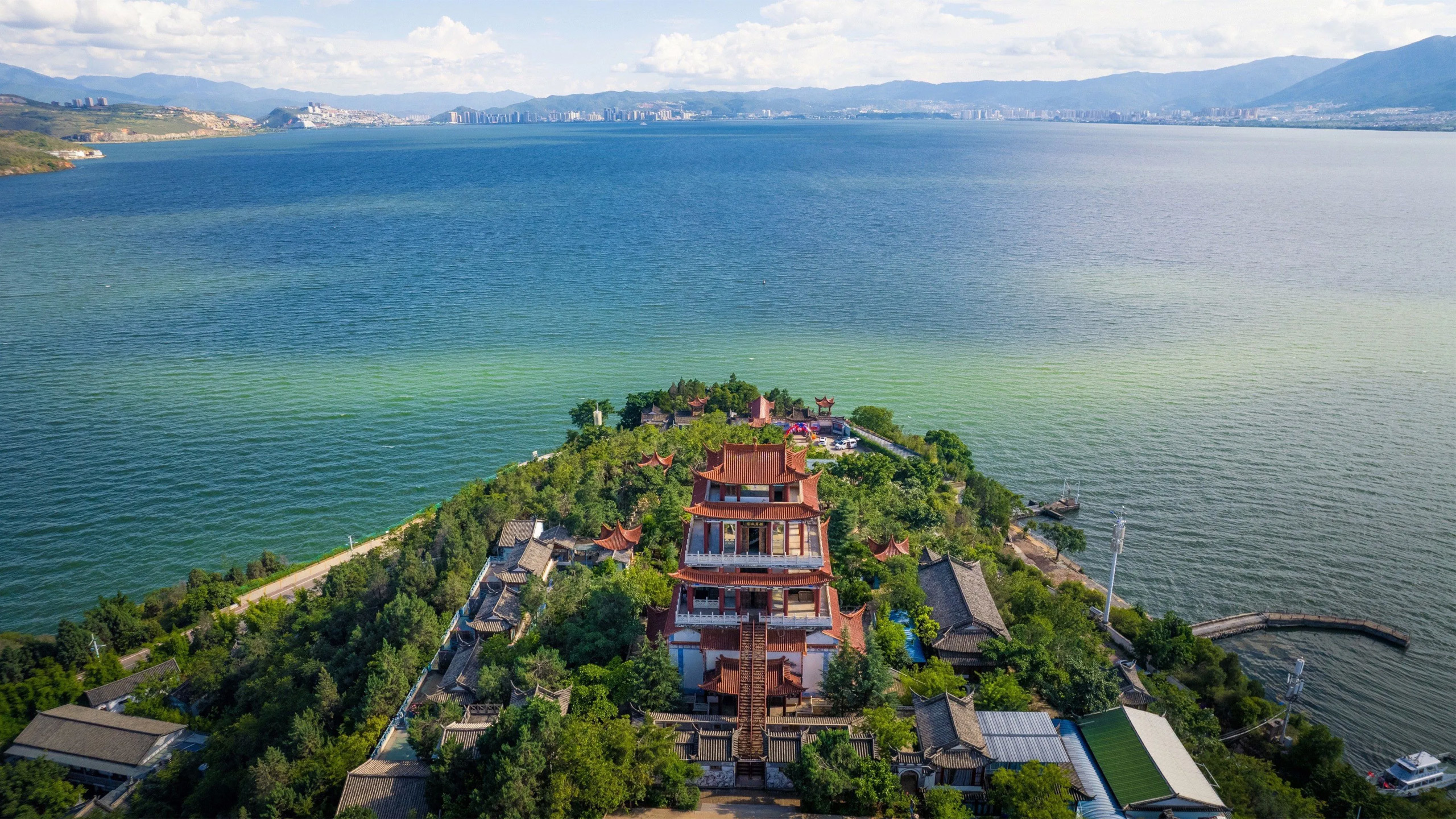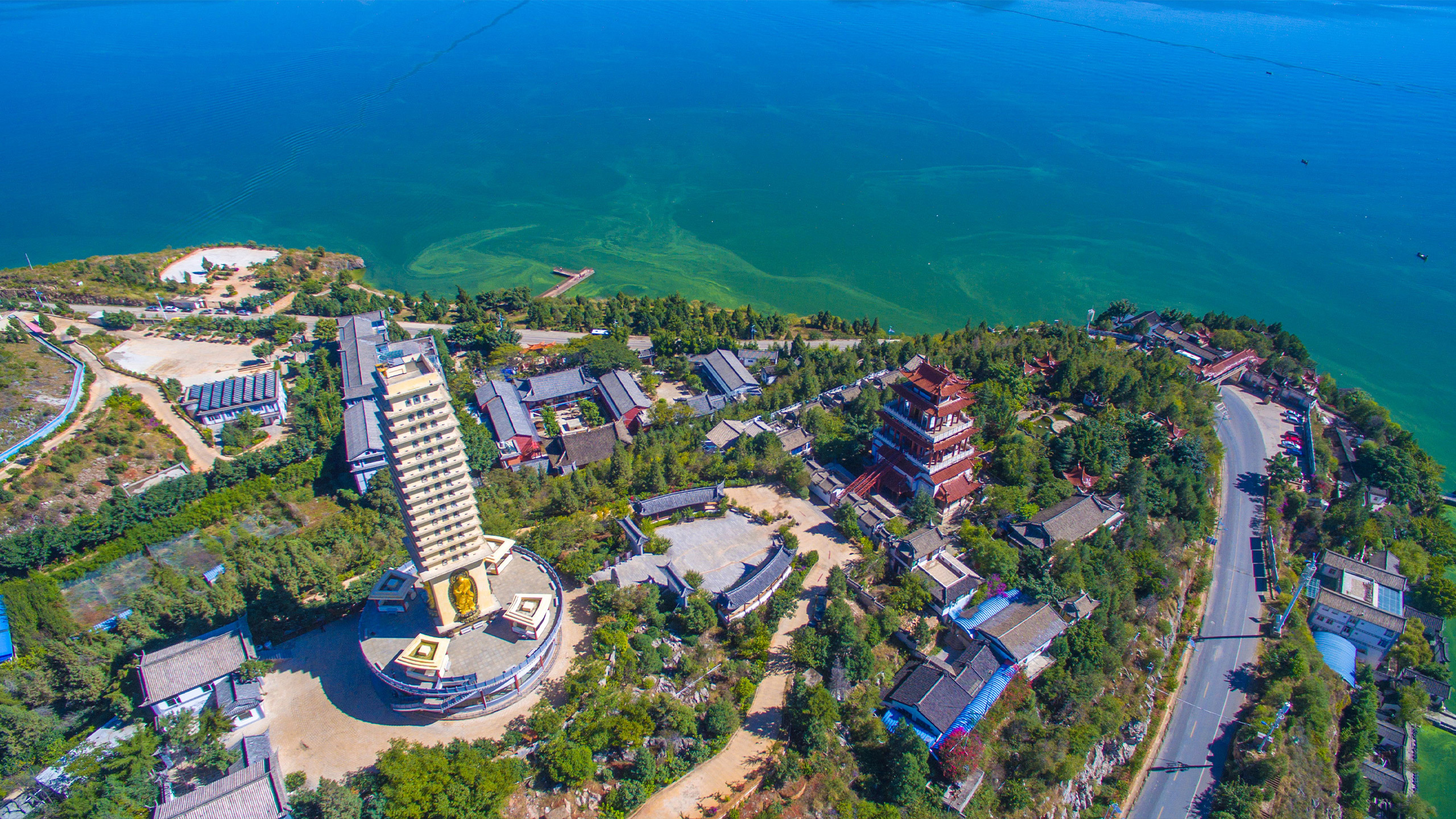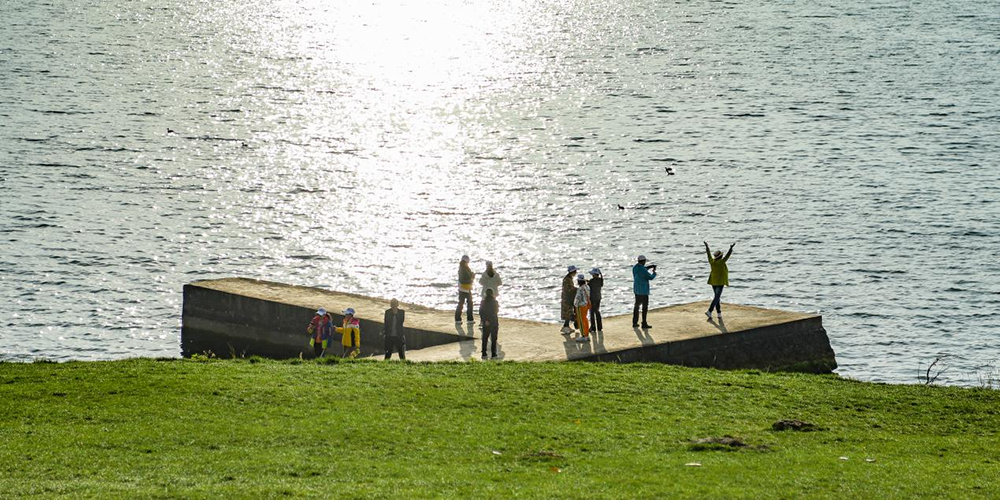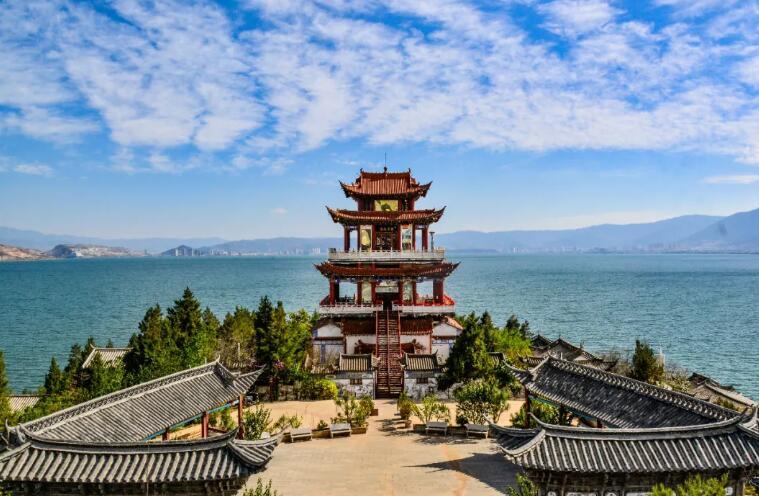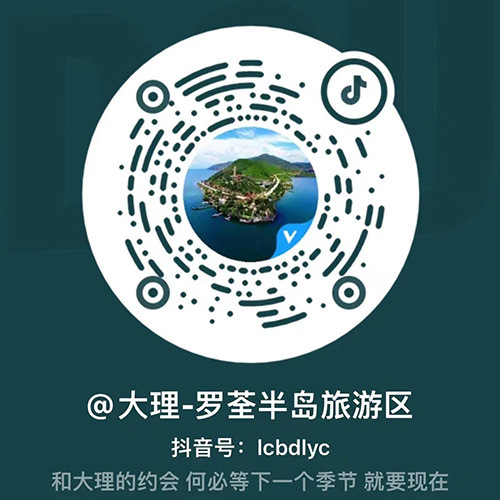
Dali Luoquan Tourism and Culture Development Co., Ltd.
Luoquan Peninsula Tourist Area is a national AAA-level tourist attraction, located on the east bank of Erhai Lake in Dali, is the largest peninsula among the many islands of Erhai Lake, and faces Dali Ancient City across Erhai Lake.
Luoquan Peninsula Tourist Area is the best place to enjoy the scenery of Cangshan Mountain and Erhai Lake. The scenic area is developed from the original Tianjing Pavilion scenic area. The scenic area is beautiful, simple and natural, with fresh air, including Tianjing Pavilion, Guanyin Pavilion, Luoquan Pagoda, Luoquan Temple, Taizi Pavilion Baxian Building, and Shimulozi scenic spots.
In the Tang Dynasty Tianbao War, Nanzhao defeated the Tang army twice, and Luoquan Master made an indelible contribution. Zhao Wangge Luofeng gave the east cliff area to Luoquan Master. Since then, the peninsula and the temples and pagodas on the island have been named "Luoquan", and have been used until now, unchanged for thousands of years, showing its profound heritage. The most famous in Luoquan Peninsula is one temple, one pavilion and one pagoda. The temple is Luoquan Temple, the pavilion is Guanyin Pavilion, and the pagoda is Luoquan Pagoda. Luoquan Temple and Pagoda have been destroyed and rebuilt several times. The rebuilt Luoquan Pagoda retains the main features of the square eaves and no top, and there are also the compassionate and giving Dharma images of Luoquan Master on the four sides.
Scenic Area Guide
Luoquan Peninsula is most famous for its temple, pavilion and pagoda. The temple is Luoquan Temple, the pavilion is Guanyin Pavilion, and the pagoda is Luoquan Pagoda. Luoquan Temple and Pagoda have been destroyed and rebuilt several times. The rebuilt Luoquan Pagoda retains the main features of its square eaves and lack of a top, and on four sides are the compassionate and giving Dharma images of Master Luoquan. There is an elevator inside the pagoda, allowing visitors to climb to the top and enjoy the distant view of the lakes and mountains. Among the four famous pavilions of Erhai Lake, Tianjing Pavilion is the most famous. Although the present Tianjing Pavilion does not have the strange danger of being by the sea, the pavilion is tall and wide, and the view from the top is even broader. Guanyin Pavilion and Tianjing Pavilion were originally one temple, and the two pavilions complement each other, attracting domestic and foreign tourists with their beautiful scenery and unique Bai ethnic Buddhist esoteric Guanyin culture.

